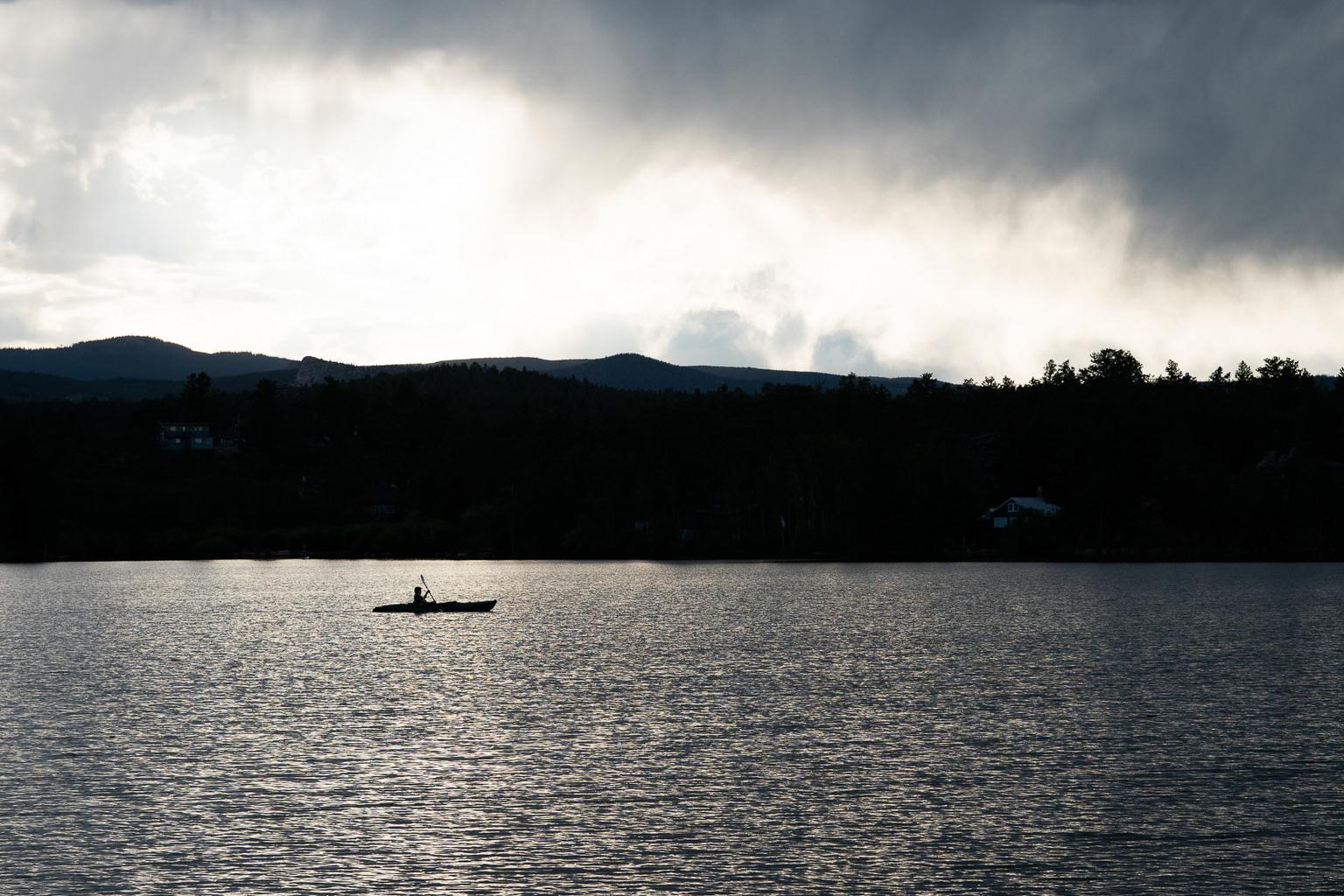
Colorado lost 525 square miles of open spaces to development between 2001 and 2011, or an area slightly smaller than Teller County west of Colorado Springs. That’s according to a new analysis of disappearing natural areas across the West from the liberal think tank Center for American Progress.
The group partnered with the nonprofit Conservation Science Partners to analyze more than two dozen data sets across 11 western states. The report, published as The Disappearing West, found that between 2001 and 2011, a football field of natural area disappeared every two-and-a-half minutes.
Dave Theobald, a senior scientist with CSP, said a lot of the loss was private land.
"'Protected’ does not necessary mean public," he said. "There can be private protected lands. And therefore it’s an all lands question."
In Colorado, the nonprofit Colorado Open Lands has established more than 400 easements across 42 counties. There are plans to add more.
At the same time, urban sprawl and energy development -- particularly in Weld County -- are key drivers of change across the state.
"Really you can go right along the I-25 corridor. That’s where the huge amount of growth has been," said Weld County Commissioner Mike Freeman.
In particular, southern Weld County towns like Firestone have boomed --Firestone more than tripled in population from 3,263 in 2001 to 10,598 in 2011. But while cities create parks for subdivisions as they grow, Freeman said the county isn’t focused on doing this as farm fields are gobbled up by subdivisions.
"It’s not a priority in rural Weld County," he said. "In rural Weld County, the open spaces are agriculture."
Time For A ‘Major Course Correction’
Weld County's isn’t the approach everywhere in Colorado. Since Boulder County adopted a sales tax to preserve open space in 1967, more than 50 Colorado cities and counties have launched similar publicly funded programs to acquire and preserve open space.
At the federal level, U.S. Department of the Interior Secretary Sally Jewell has called for a "major course correction" in the way that the U.S. protects public lands. Jewell wants to see more lands under federal protection.
Matt Lee-Ashley with the Center for American Progress’ Public Lands program said there is growing support for land conservation across the West. But progress is uneven across states.
"Notwithstanding the work of Teddy Roosevelt, John Muir and others, there is a race to save some of the last best places in the West," he said. "When we look at the numbers, a small proportion of the West's landscapes are protected, so there is more work to do in our view."
That work may come in fits and starts. It took more than a decade of collaboration among conservationists and U.S. lawmakers to turn Browns Canyon into a national monument. Not everyone was happy with the result. Some citizens were concerned about what the move could mean for grazing rights.
Lee-Ashley said there are other ways to get at the land-loss issue—like develop cities in a more compact way without as much urban sprawl.
Overall, he said the report should translate into a call to action. While the U.S. has a history of conservation, there’s a lot more work that needs to be done.
"It’s a story both of the challenge that’s ahead of us, but also the success of conservation work over the past century," Lee-Ashley said.









